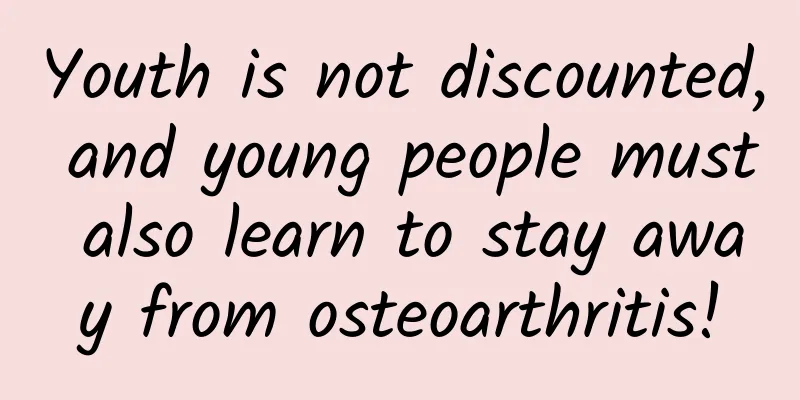What are the harms of curettage to the human body?

|
Curettage is a treatment method different from abortion. It is especially necessary to do an operation when the fetus is found to be abnormal during pregnancy. Generally, the fetus is relatively large during curettage and is not suitable as a method after abortion. Therefore, it is much more harmful to the human body than abortion. You must have sufficient understanding of this when performing the operation. So, what are the hazards of curettage to the human body? Let’s take a look at it below. Uterine curettage is different from abortion. Abortion cleans the area where the embryo is implanted, while uterine curettage is a comprehensive cleaning. Uterine curing is very harmful to women. Improper uterine curing can lead to uterine cavity adhesion and cervical adhesion, thus causing female infertility. Since the endometrium is the implantation layer of the fertilized egg, curettage will destroy this functional layer of the uterus. Frequent and repeated curettage will seriously damage the endometrium and cause infertility. Multiple uterine curettages will cause certain damage to the endometrium and may easily affect future fertility. However, if the surgical operation is performed in a standardized manner, the inflammation is effectively cleared, and the body recovers well, it will not have much impact on fertility. Therefore, women must choose a regular hospital for uterine cleaning. In addition, women must pay attention to hygiene to prevent infection after uterine cleaning. Wuxi Hongqiao Hospital uses hysteroscopic embryo retrieval as a surgical method to minimize the harm of abortion to women. Different from traditional B-ultrasound superconducting visual abortion, hysteroscopy can directly transmit fully visualized information to the monitor in real time through optical fiber. The image inside the uterus is directly presented in front of the eyes, changing the traditional operation of "suction" and "scraping" to "removal", greatly reducing the damage to the endometrium. After the operation, experts will use hysteroscopy to monitor and flush both fallopian tubes to prevent fallopian tube blockage after abortion and preserve women's reproductive function. Through the above introduction, we know the harm of uterine curettage to the human body. We should try our best to avoid such situations in normal times. If the fetus is indeed abnormal, there is no other way to perform surgery. However, careful conditioning and care are needed after the operation. Not only should we pay attention to diet, but also pay special attention to life. |
<<: Can I cut my nails after having a miscarriage?
>>: Can I cut my nails after a miscarriage?
Recommend
Peach gum = cheap bird's nest? Is it really that magical?
In the spring, peach blossoms bloomed quietly, pe...
Polycystic ovary syndrome: Ovaries no longer controlled by the brain
Source: "BTIT Club" official account Po...
A woman dreams of her head bleeding
Our skin is the body's first line of defense....
Everything has its limits, and so does eating.
Author: Wang Ying, Chief Physician of Tianjin Men...
What should women pay attention to after curettage?
Nowadays, many people do not take contraceptive m...
How long does it take for ovulation to resume after abortion?
There is no clear answer to the question of how l...
Can Chinese medicine clear the fallopian tubes?
Chinese medicine can treat many diseases. Some wo...
Dry stool after abortion
Women are very weak after abortion, so they must ...
What should I do if I bleed due to low progesterone?
Progesterone is a female-specific hormone that he...
My stomach hurts when I press it
If your lower abdomen hurts when you press it, yo...
What is the best treatment for polycystic ovary syndrome?
Polycystic ovary syndrome is a gynecological dise...
Can I eat shrimp during menstruation?
When it comes to seafood, besides crabs, shrimps ...
Singing skills for girls during voice change period
Voice change is a life change that everyone will ...
Post-hysterectomy care
Uterine fibroids are a common disease all over th...
Why does a 50-year-old woman have continuous menstruation?
When a woman reaches the age of fifty, she has ba...









